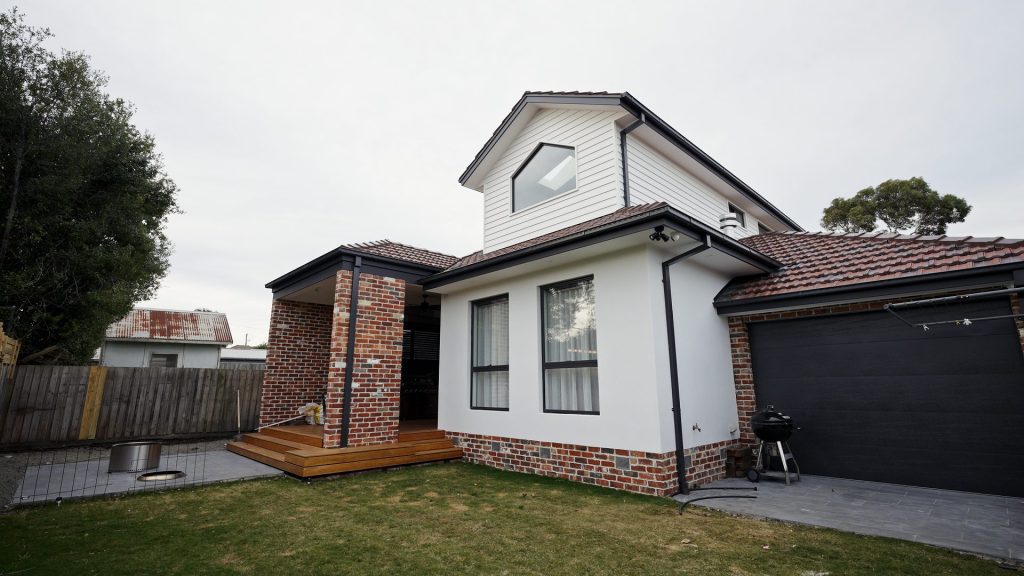
Buying a property in Melbourne is exciting, but it also comes with significant risk. With ageing homes, varied construction standards, diverse soil conditions and the presence of termites across many suburbs, Melbourne buyers need to take every step possible to protect themselves before signing a contract. That’s where building and pest inspections come in — offering a clear, independent snapshot of a property’s true condition.
Melbourne’s property market moves fast, and competition means buyers are often pushed into quick decisions. Many homes built before the 1990s have wear and tear that isn’t always visible. Weather patterns can also take a toll, with heavy rain leading to moisture issues and cracking appearing in older properties. Combine this with termite activity across areas like Glen Waverley, Greensborough, Doncaster and Reservoir, and the risk becomes clear.
A professional building and pest inspection helps uncover hidden problems early, long before they become expensive headaches.
A standard building inspection includes a detailed visual assessment of accessible areas such as:
Inspectors look for cracking, sinking stumps, water damage, roof defects, poor workmanship, safety issues and any evidence that the building doesn’t comply with expected standards.
A pest inspection focuses specifically on identifying:
In Melbourne, where termites are widespread, skipping a pest inspection is a major financial risk.
Buyers are often surprised by how many hidden issues inspectors uncover. Some of the most common include:
These defects can be costly to repair, and many are invisible during a casual walkthrough.
A detailed report should include:
Buyers should receive the report within 24 hours.
When selecting a building and pest inspector in Melbourne, look for:
Choosing the right inspector ensures you get unbiased, expert guidance.
A building and pest inspection is one of the smartest investments a Melbourne homebuyer can make. It provides clarity, protects your finances, and gives you confidence in your property decision. With the right inspector, you can move forward knowing exactly what you’re buying.
Our team brings together expertise, industry knowledge, and a keen eye for detail in every inspection. With over 40 years of combined experience and a strong “client-first” approach, we deliver reports that are detailed, thorough, and built to be relied upon.
CDB-U 60327
MBAV 527519
DIP CPC 50210
DIP CPC 50308
CPPUP-M3008
CPPUP-M3010
Elevate Building is proudly powered by WordPress